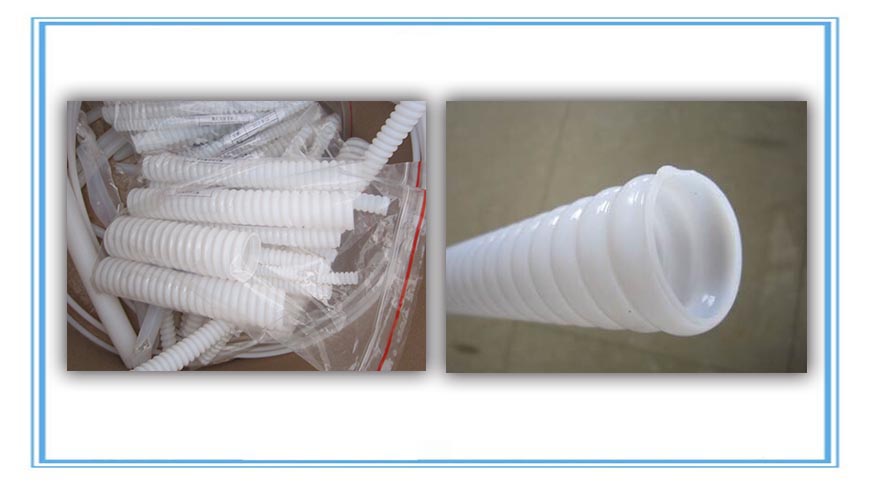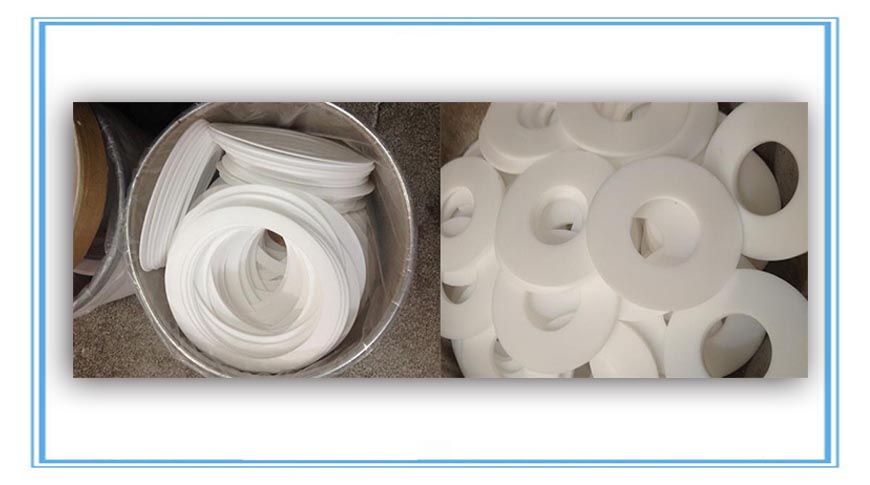Solid wall pipe
Extruded pipes consisting of one layer of a homogeneous matrix of thermoplastic material which is ready for use in a pipeline.
Structured wall pipe
Structured-wall pipes and fittings are products which have an optimized design with regard to material usage to achieve the physical, mechanical and performance requirements.
Structured Wall Pipes are tailor made solutions of piping systems, for a variety of applications and in most cases developed in cooperation with users.
Barrier pipe
Pipe incorporating a flexible metallic layer as the middle of three bonded layers. Barrier pipe is used, for example, to provide additional protection for the contents passing through the pipe (particularly drinking water) from aggressive chemicals or other pollution when laid in ground contaminated by previous use.
Most plastic pipe systems are made from thermoplastic materials. The production method involves melting the material, shaping and then cooling. Pipes are normally produced by extrusion.
Pipe Extrusion
Pipes made from PVC, PE and PP and other thermoplastics are usually manufactured by extrusion. This process starts by feeding plastic material (pellets, granules, flakes or powders) from a hopper into the barrel of the extruder.
The material is gradually melted by the mechanical energy generated by turning screws and by heaters arranged along the barrel.
The molten polymer is then forced into a die, which shapes the polymer into a pipe that hardens during cooling.
A great advantage of extrusion is that pipes can be made to any length. Due to its flexibility, pipes can be made at long lengths even coiling on a reel. Another advantage is the extrusion of pipes with integrated coupler including rubber seal.
Jointing
Pipes can be connected in a variety of ways to form reliable and leak-free pipe systems. They can be connected by either a push fit joint with rubber seal or by a solvent cement system or by welding.
Straight pipes are mostly connected by pushing the plain end of one pipe into the socketed end of another. This technology is mainly used by PVC and PP piping systems. A variety of fittings are available to make branches or bends or to connect the pipe to other materials.
PE pipes for water pressure and gas distribution can also be connected by welding systems. Two pocesses are mostly used: Butt welding to connect pipe to pipe ends, and electro welding of fittings containing a heating wire to allow melting of materials together. A variety of fittings are available. Welding systems have proven to be very reliable.
Injection Moulding
Fittings such as joints, elbows or T-pieces are usually produced by injection-moulding.
In injection-moulding, the plastic material is fed from a hopper into the melting section of the injection-moulding machine. After melting, the material is transported forward by the screw and homogenised before being injected into the mould to form the shape of the desired product. In the cooling step, the plastic solidifies. Then the mould is opened and the product is ejected.
Blow Moulding
In the blow moulding process, the plastic is melted and extruded into a hollow tube that is then captured by closing it into a cooled metal mould. Air is then blown into the tube – inflating it into the desired shape. After the plastic has cooled sufficiently, the mould is then opened and the part is ejected.
Inspection chambers, manholes, septic and storage tanks are some of the products manufactured by this technique. Typically, these products are much lighter and easier to handle than non plastic materials.
Rotational Moulding
The rotational moulding process is a high temperature, low pressure plastic forming method that uses biaxial rotation to produce hollow, one piece parts. In the plastic pipe industry, it is typically used to make large inspection chambers, water and septic tanks from polyethylene (PE) or polypropylene (PP).





Heya i’m for the first time here. I came across this board and I find It really useful & it helped me out much. I hope to give something back and help others like you aided me.